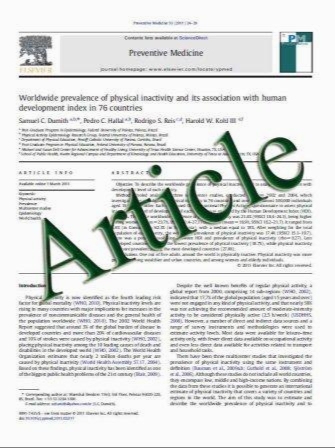Initial Results of Catheter-Directed Ultrasound-Accelerated Thrombolysis for Thromboembolic Obstructions of the Aortofemoral Arteries: A Feasibility Study
- نوع فایل : کتاب
- زبان : انگلیسی
- مؤلف : A. Marjolein Schrijver Michel M. P. J. Reijnen Jacques A. van Oostayen Arjan W. J. Hoksbergen Rutger J. Lely Marc van Leersum Jean-Paul P.
- چاپ و سال / کشور: 2011
Description
Purpose This article reports the 30-day technical and clinical outcome of ultrasound (US)-accelerated thrombolysis in patients with aortofemoral arterial thromboembolic obstructions. Methods A prospective cohort study was conducted from December 2008 to December 2009 of patients who were treated with US-accelerated thrombolysis for thromboembolic obstructions of aortofemoral arteries or bypasses. Urokinase was infused in a dosage of 100,000 IU per hour. Twice daily, a control angiography was performed. Thirtyday follow-up consisted of duplex scanning, combined with magnetic resonance angiography. Results The study included 21 consecutive patients (20 men; median age, 66 (range, 52–80) years) with 24% artery versus76% bypass occlusions. Median duration of symptoms was 11 (range, 7–140) days. Median occlusion length was 32 (range, 6–80) cm. In 20 patients (95%), an US-accelerated thrombolysis catheter could be successfully placed. In one patient, placement of an US-accelerated thrombolysis catheter was technically not feasible, and therefore a standard catheter was placed. Median thrombolysis time was 26.5 (range, 8.5–72) hours.Complete thrombolysis ([95%lysis of thrombus) was achieved in 20 patients; in 9 patients within 24 hours. Median ankle-brachial index (ABI) increased from 0.28 (range, 0–0.85) to 0.91 (range, 0.58–1.35). One patient had a thromboembolic complication and needed surgical intervention. No hemorrhagic complications, and no deaths occurred. At 30-day follow-up, 17 of 21 patients (81%) had a patent artery or bypass. Conclusions This feasibility study showed a high technical success rate of US-accelerated thrombolysis for aortofemoral arterial obstructions. US-accelerated thrombolysis led to complete lysis within 24 hours in almost half of patients, with a low 30-day major complication rate.
Cardiovasc Intervent Radiol DOI 10.1007/s00270-011-0164-4 Received: 15 November 2010 / Accepted: 7 April 2011


